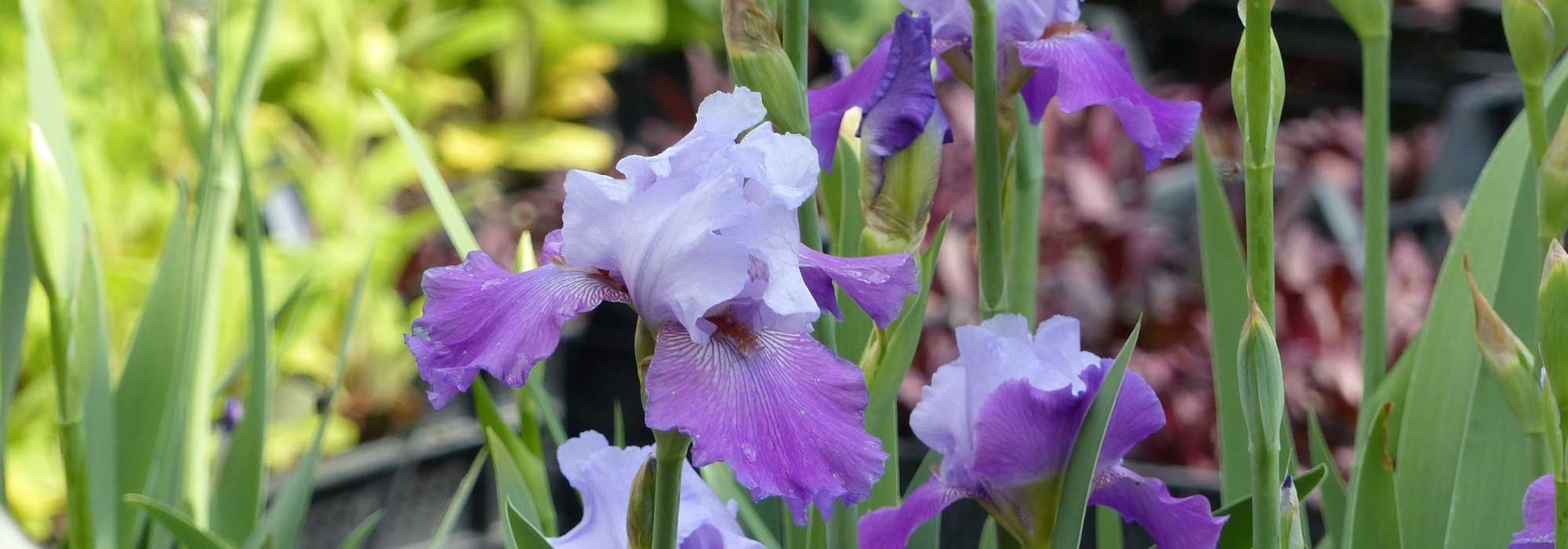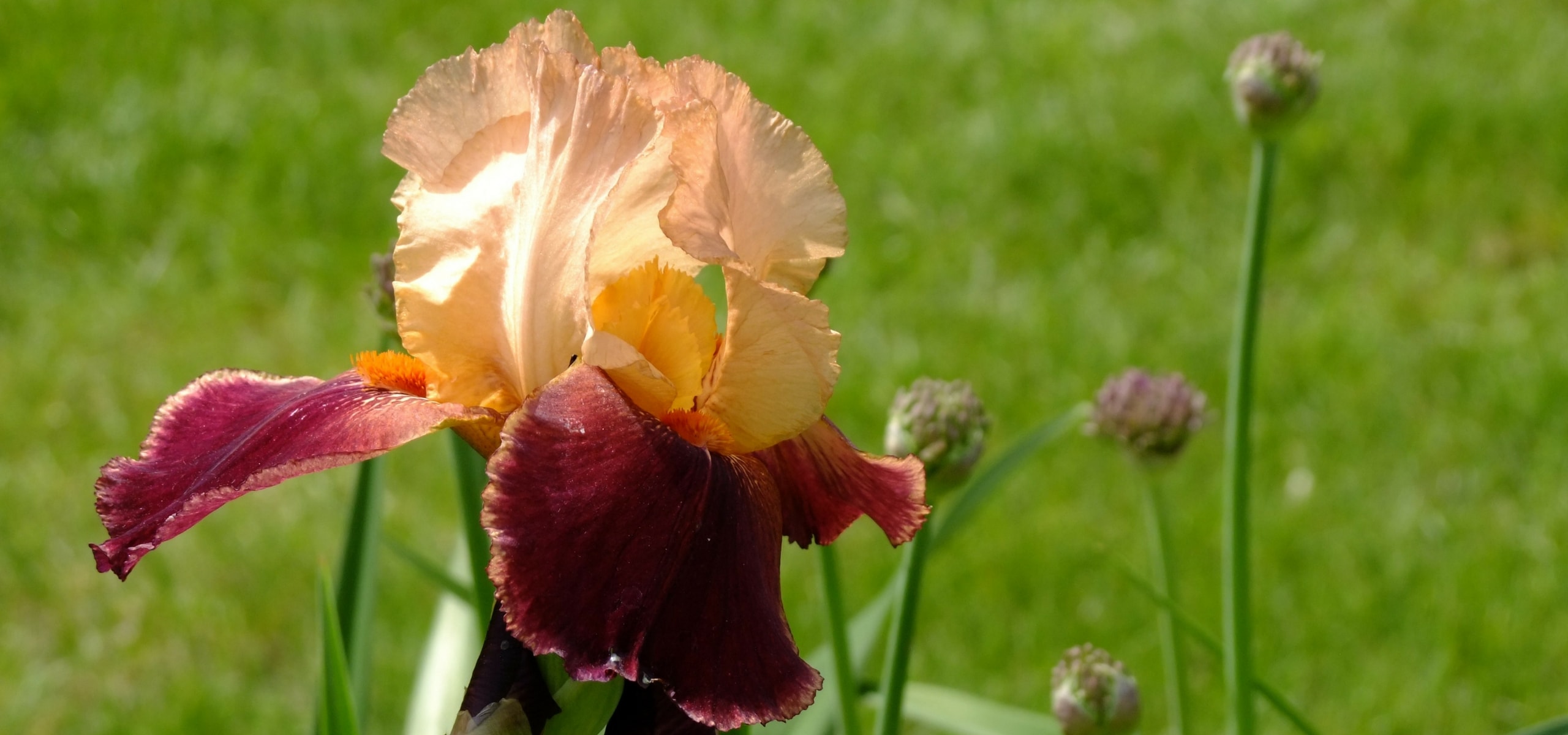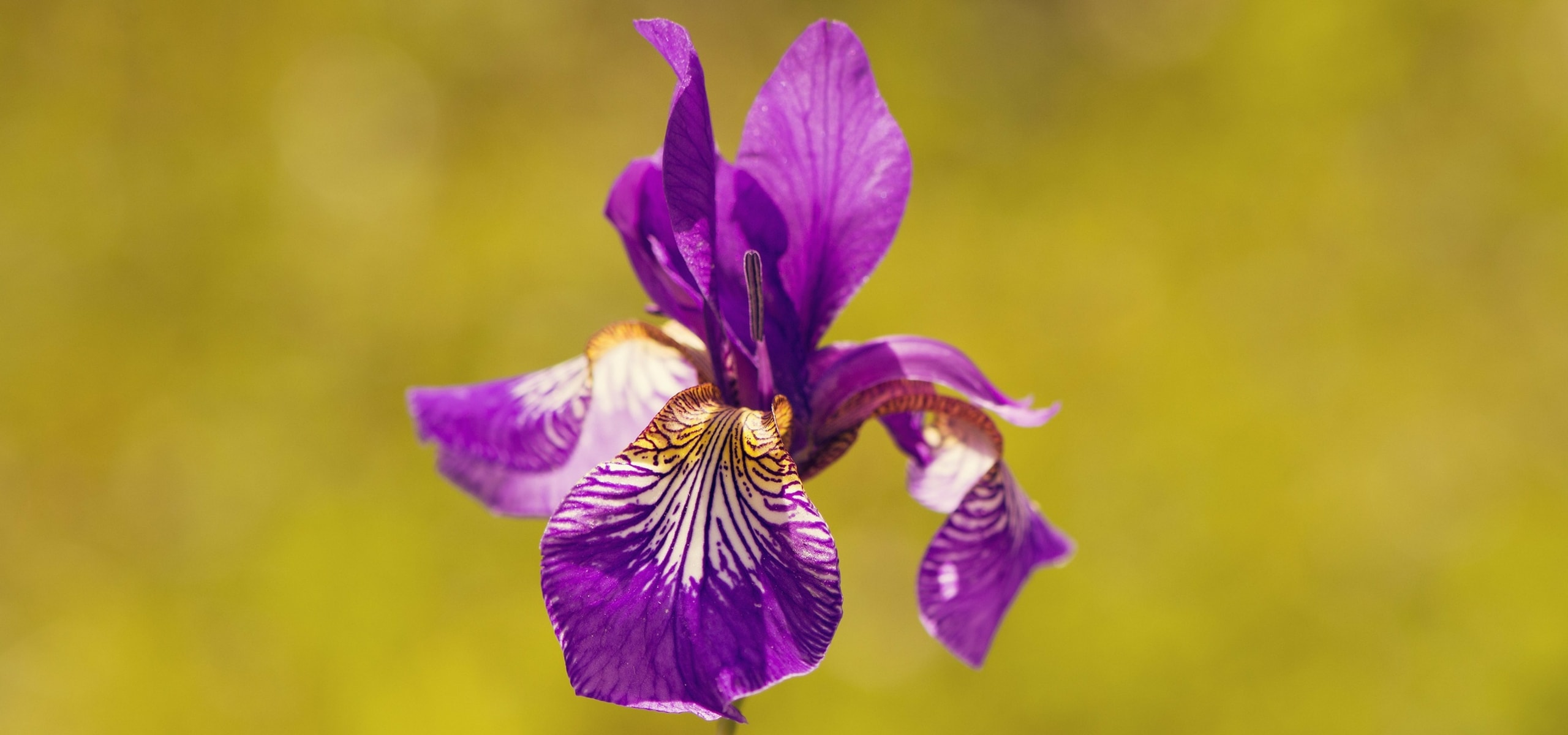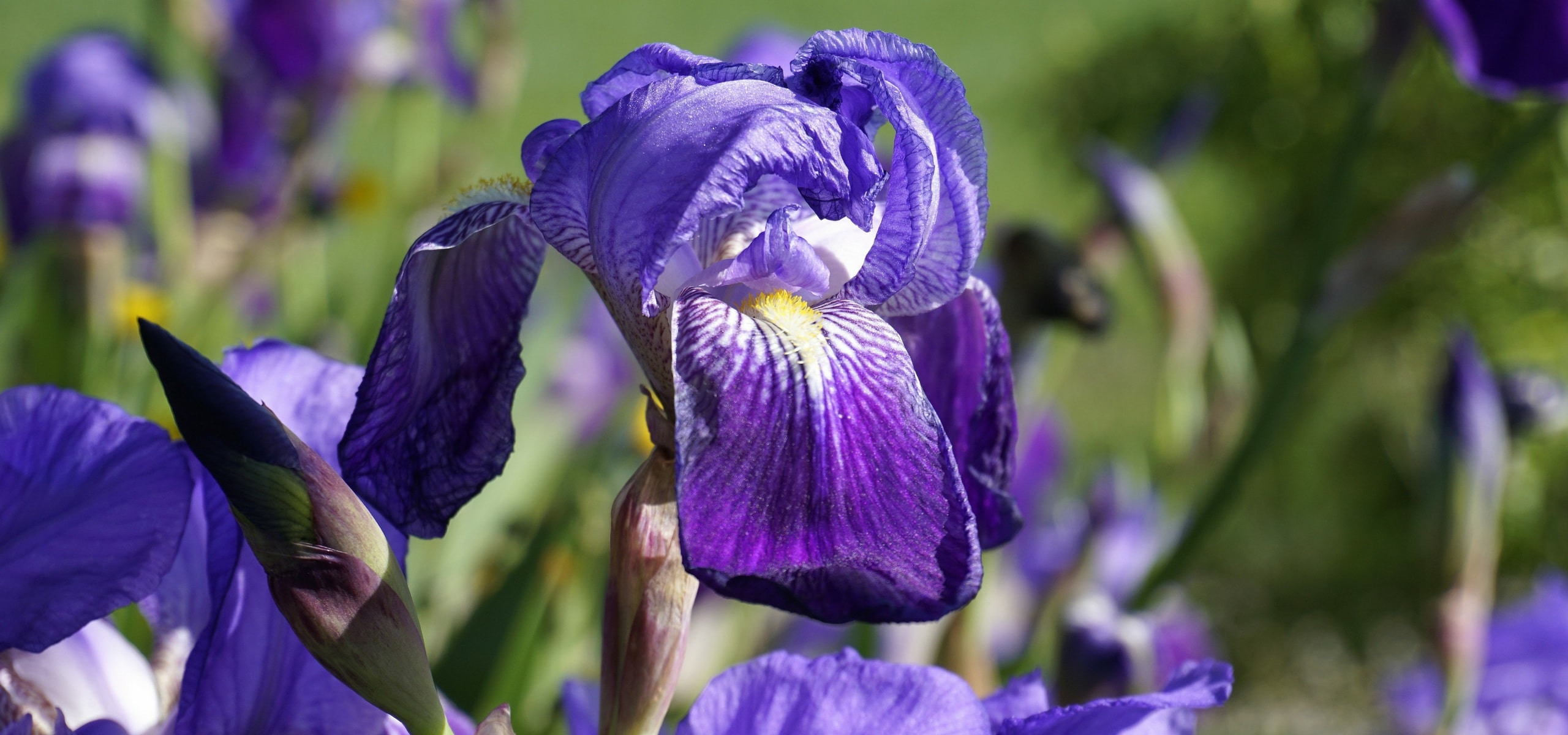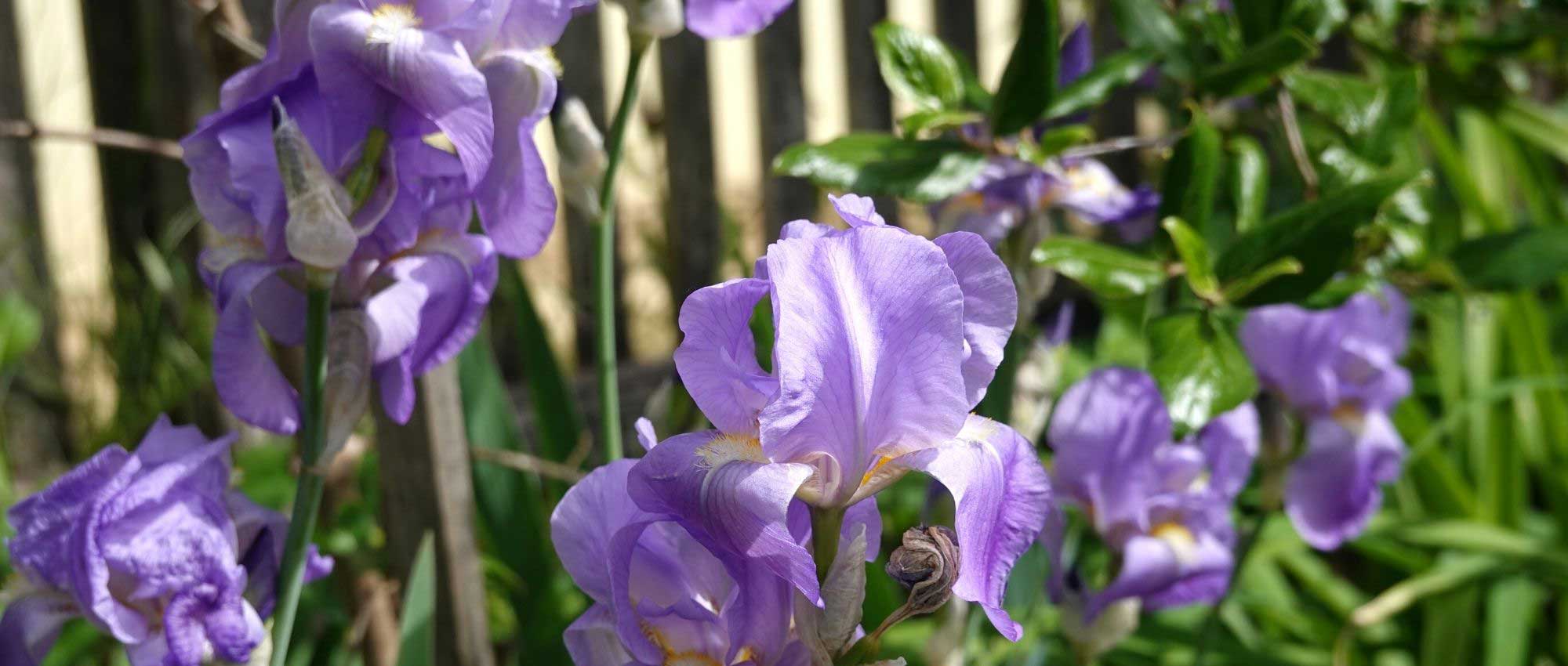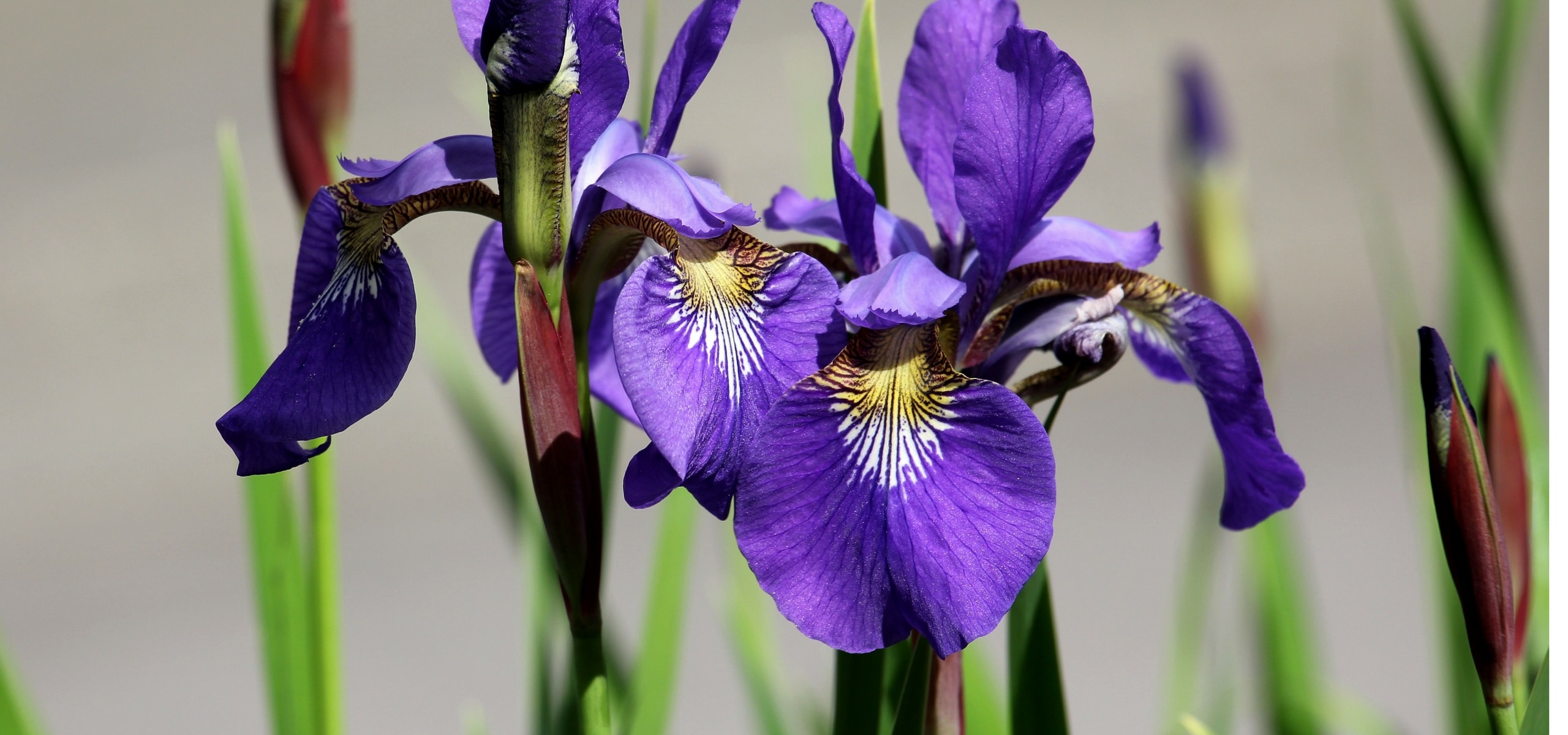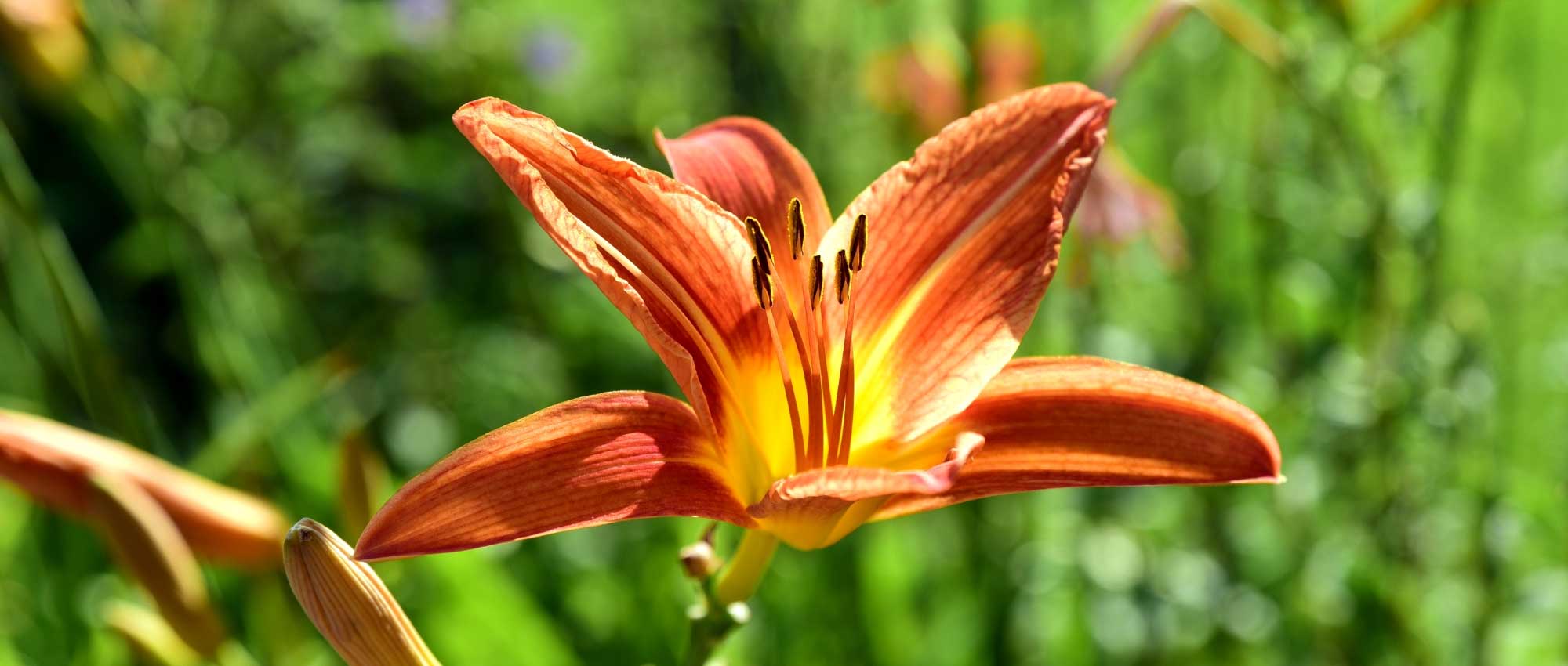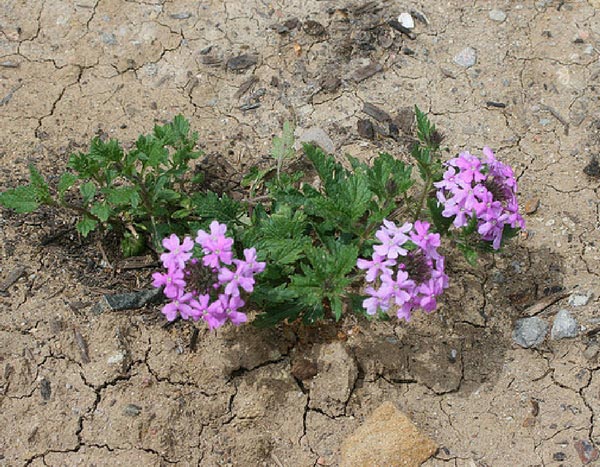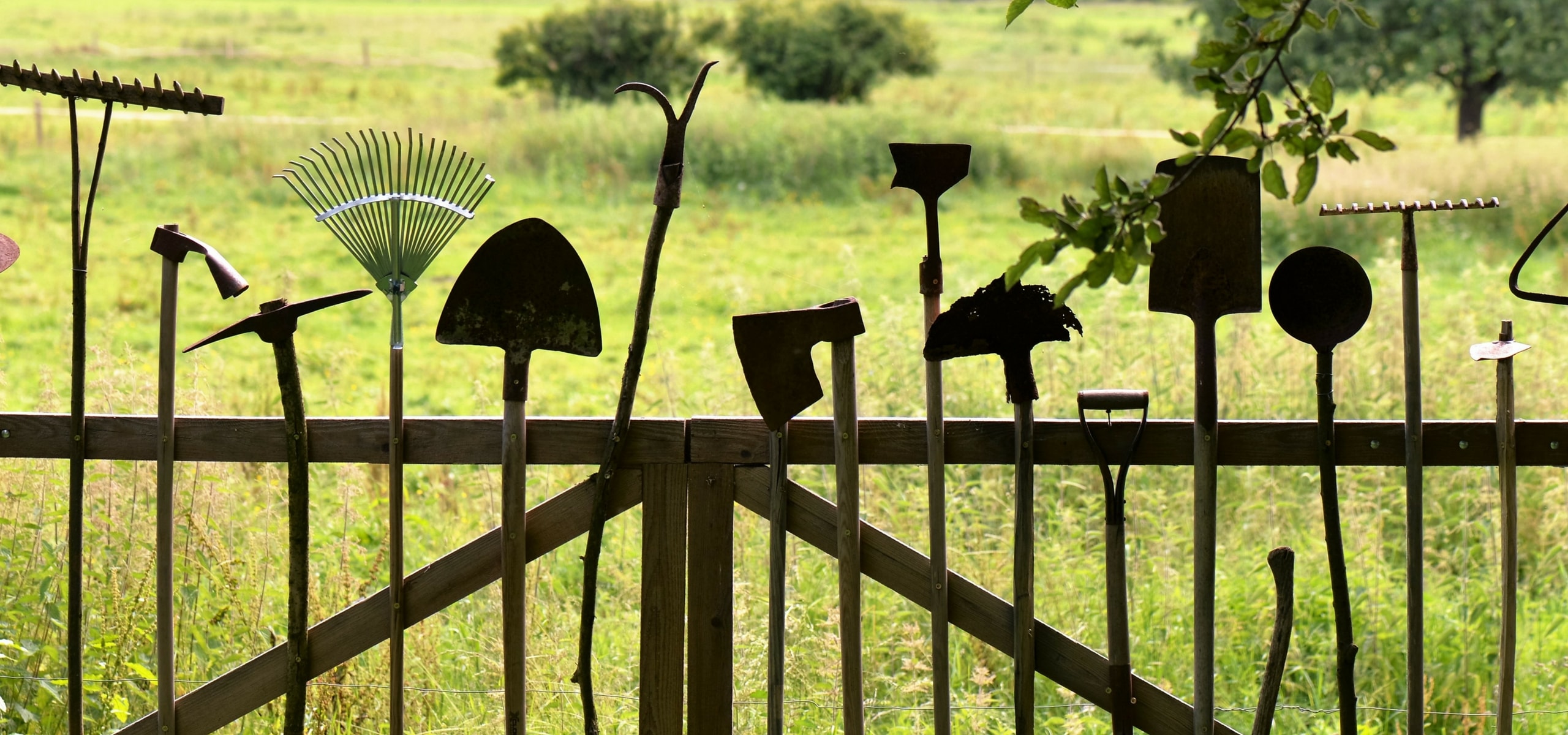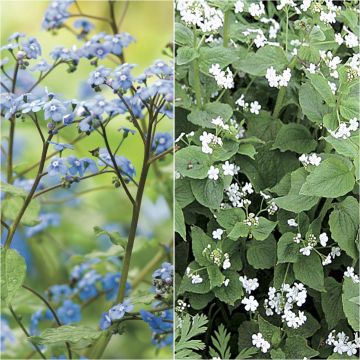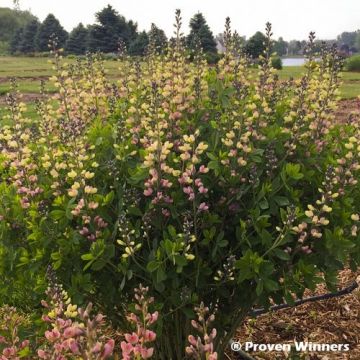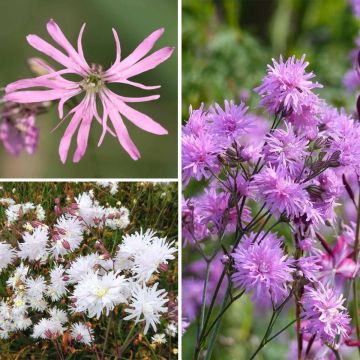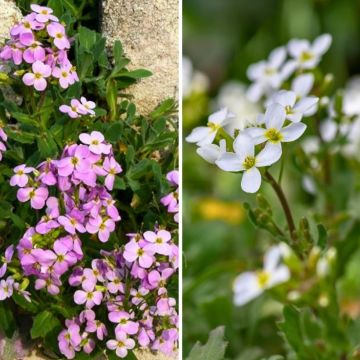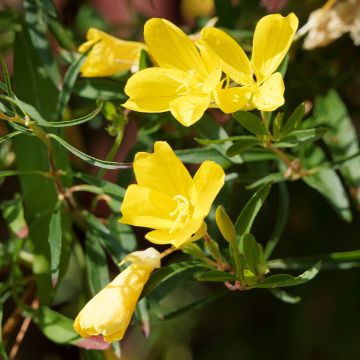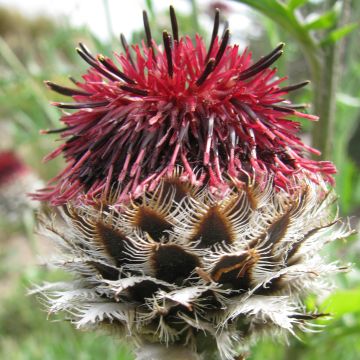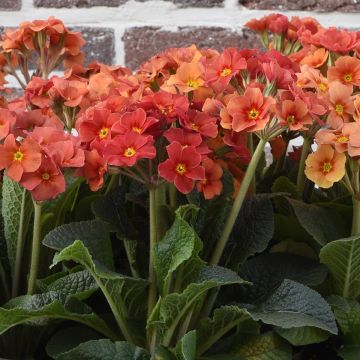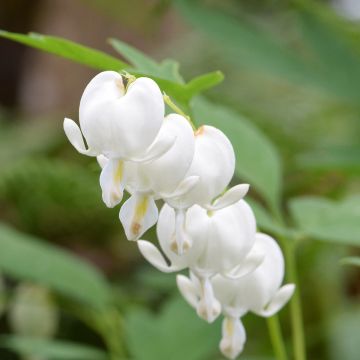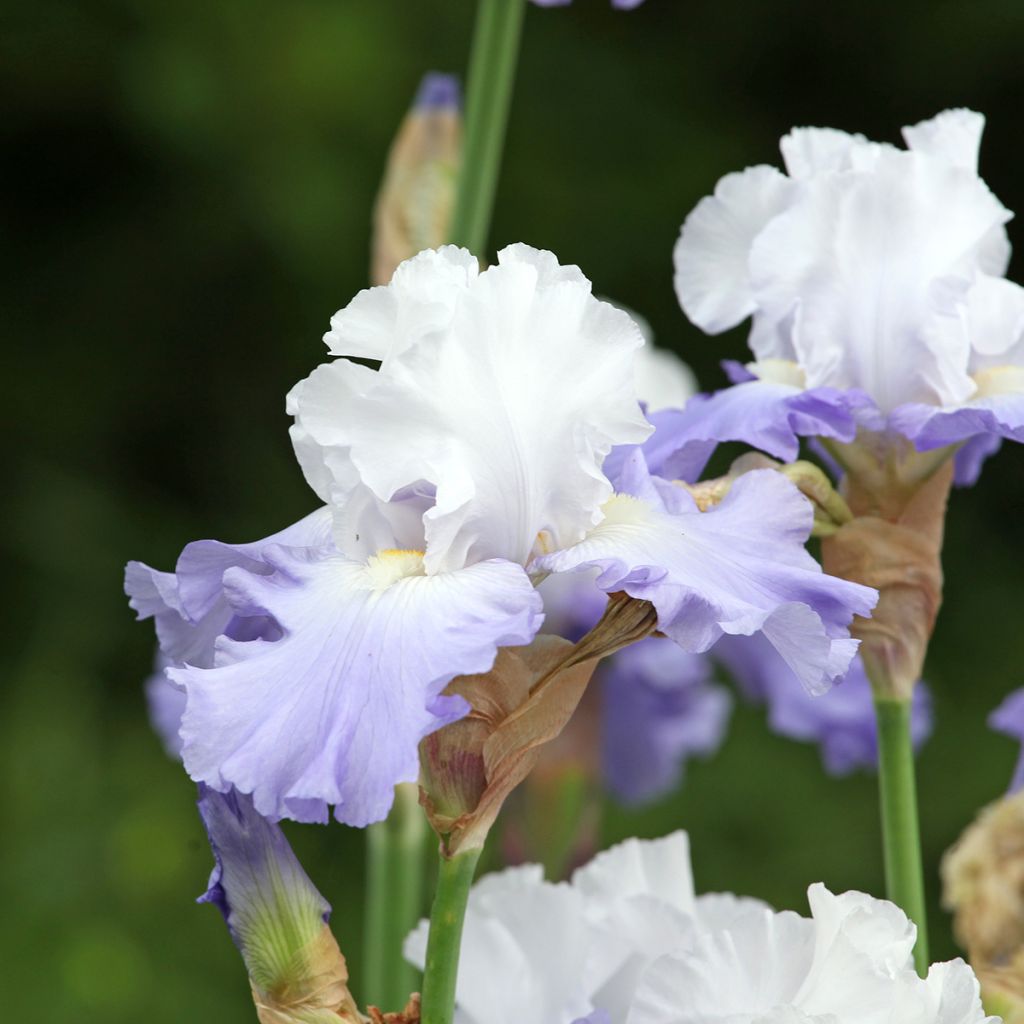

Iris germanica Skylark's Song - Bearded Iris
Iris germanica Skylark's Song - Bearded Iris
Iris germanica
German Iris, Bearded Iris
Special offer!
Receive a €20 voucher for any order over €90 (excluding delivery costs, credit notes, and plastic-free options)!
1- Add your favorite plants to your cart.
2- Once you have reached €90, confirm your order (you can even choose the delivery date!).
3- As soon as your order is shipped, you will receive an email containing your voucher code, valid for 3 months (90 days).
Your voucher is unique and can only be used once, for any order with a minimum value of €20, excluding delivery costs.
Can be combined with other current offers, non-divisible and non-refundable.
Home or relay delivery (depending on size and destination)
Schedule delivery date,
and select date in basket
This plant carries a 12 months recovery warranty
More information
We guarantee the quality of our plants for a full growing cycle, and will replace at our expense any plant that fails to recover under normal climatic and planting conditions.
Does this plant fit my garden?
Set up your Plantfit profile →
Description
The Iris germanica 'Skylark's Song' is a tall Bearded Iris that exudes romantic charm during its mid-season flowering. Large flower spikes bearing numerous buds rise in May to bloom into large bicoloured flowers. The light blue of the sepals harmoniously blends with the white of the upright petals to form a delicate pastel combination. For approximately three weeks, this Iris will enliven a flowerbed before visually receding to make way for other plants that will take over, until the following year... Easy to grow, this superb perennial only requires sun and well-drained, non-acidic soil.
The Iris is a member of the Iridaceae family. It hosts several dozen other ornamental genera which are plants with rootstocks or bulbs, some hardy and others exotic. The most popular in our climate are the charming small Crocus and also the tall Gladioli, but many other tender beauties deserve attention, such as the Ixias from South Africa. There are at least 210 botanical Iris species, and an impressive number of horticultural varieties as this genus greatly fascinates specialist and nursery growers. The most widely cultivated species today is Iris germanica, or German Iris, probably resulting from the hybridisation of various wild species.
The Iris germanica 'Skylark's Song' is an introduction from the American company Schreiners, specialising in Iris and Daylilies since 1925. This variety, launched in 1996, is the result of cross-fertilising between two varieties from the same grower: the 'Overnight Sensation', a tall Iris (100 cm) with bicoloured whitish-blue to violet-blue flowers, and the shorter (85 cm) 'Oregon Skies', with its monochrome light blue flowers. The result of this hybridisation is the perfect synthesis of both parents, particularly in terms of size, which is intermediate, as the 'Skylark's Song' reaches approximately 90-95 cm at full flowering. Like its first parent, it is a bicoloured variety, but the sepal colour has been inherited from its second parent. Mid to late flowering, this beautiful perennial forms a clump of slightly glaucous green leaves with an elongated sword-like appearance, which spread out in a fan shape from each rootstock. In spring, large flower spikes bearing 8 to 10 buds rise from the clump, and around mid-May, large flowers 10 cm in diameter bloom. The corollas consist of three upright, snow-white petals with delicately undulate edges, and three sepals resembling petals but wider and arranged horizontally, with the tip gracefully arched downward. Their colour is a beautiful light blue with a slight violet hue, bearing a white beard that matches the petals. Flowering spreads over three weeks if weather conditions are mild, particularly avoiding strong winds that can knock over the tall flower spikes, or heavy rain that sometimes damages the flowers. It is advisable to remove faded flowers to prevent the iris from wasting energy producing fruits of no ornamental interest.
The Bearded Iris 'Skylark's Song' will appeal to lovers of subtlety with its very graphic pastel-toned flowers. Plant it alongside varieties with staggered flowering times such as Pasque flowers which bloom early in spring. Thus, the Pulsatilla vulgaris 'Fairy Dreams', just as fond of sun and well-drained soil as your iris, will offer its magnificent very double purple flowers from April onwards. And to take over throughout the summer, nothing beats the charming Pinks (Dianthus).
Flowering
Foliage
Plant habit
Botanical data
Iris
germanica
Iridaceae
German Iris, Bearded Iris
Cultivar or hybrid
Planting and care
Do you have a sunny spot, sheltered from the wind, warm and rather dry in summer?
This is the ideal location for planting tall irises! In the shade, they grow but do not flower. Hardy, they do not require winter protection. Well-drained soil is perfectly suitable even if it is rather dry. Iris germanica require a calcareous soil: amend your earth with lime if your soil tends to be acidic. Overly moist soil encourages rootstock rot. Plant from July to September. This gives the rootstocks time to grow sufficiently before lifting, and then to develop their new roots before winter. They should be planted immediately upon purchase for best results. Plan to divide irises approximately every 4 years to provide them with fresh soil. They have vigorous growth and require space to develop and flower well. They are planted with spacing appropriate to the size and vigour of the variety: approximately 45 cm for this tall Iris germanica 'Skylark's Song' (5 to 6 plants per square metre). In monochrome planting, the rootstocks should be planted in a staggered pattern. To create a colour mix, it is advisable for the overall aesthetics of the iris bed to plant them in groups of several plants of the same variety. Always take into account the direction of growth of the rootstocks by arranging them in a star shape, with buds and leaves facing outward, and spacing them well from other varieties so they have room to develop.
Planting
Dig a hole wide and deep enough. Make a large conical mound of soil in it on which to place the rootstock with the roots spread out. Cover the roots. It is important that the rootstock is left flush with the soil surface. It should not be planted in a hollow (risk of rot), so allow for the soil to settle and the iris to sink. In clay or moist ground, the rootstock should even be left raised on a slight mound a few centimetres high. To help the soil adhere to the roots, firm the soil lightly and water abundantly immediately after planting. Water if needed 2-3 times until established.
Maintenance:
Keep the soil free of weeds by shallow hoeing, taking care not to damage the rootstocks or roots. Weeds shade the irises, retain moisture (causing rot) and attract slugs. Similarly, cut away any dry leaves. If they are diseased (reddish-edged spots of heterosporiosis), burn them. Remove spent flowers.
Planting period
Intended location
Care
Planting & care advice
This item has not been reviewed yet - be the first to leave a review about it.
Similar products
Haven't found what you were looking for?
Hardiness is the lowest winter temperature a plant can endure without suffering serious damage or even dying. However, hardiness is affected by location (a sheltered area, such as a patio), protection (winter cover) and soil type (hardiness is improved by well-drained soil).

Photo Sharing Terms & Conditions
In order to encourage gardeners to interact and share their experiences, Promesse de fleurs offers various media enabling content to be uploaded onto its Site - in particular via the ‘Photo sharing’ module.
The User agrees to refrain from:
- Posting any content that is illegal, prejudicial, insulting, racist, inciteful to hatred, revisionist, contrary to public decency, that infringes on privacy or on the privacy rights of third parties, in particular the publicity rights of persons and goods, intellectual property rights, or the right to privacy.
- Submitting content on behalf of a third party;
- Impersonate the identity of a third party and/or publish any personal information about a third party;
In general, the User undertakes to refrain from any unethical behaviour.
All Content (in particular text, comments, files, images, photos, videos, creative works, etc.), which may be subject to property or intellectual property rights, image or other private rights, shall remain the property of the User, subject to the limited rights granted by the terms of the licence granted by Promesse de fleurs as stated below. Users are at liberty to publish or not to publish such Content on the Site, notably via the ‘Photo Sharing’ facility, and accept that this Content shall be made public and freely accessible, notably on the Internet.
Users further acknowledge, undertake to have ,and guarantee that they hold all necessary rights and permissions to publish such material on the Site, in particular with regard to the legislation in force pertaining to any privacy, property, intellectual property, image, or contractual rights, or rights of any other nature. By publishing such Content on the Site, Users acknowledge accepting full liability as publishers of the Content within the meaning of the law, and grant Promesse de fleurs, free of charge, an inclusive, worldwide licence for the said Content for the entire duration of its publication, including all reproduction, representation, up/downloading, displaying, performing, transmission, and storage rights.
Users also grant permission for their name to be linked to the Content and accept that this link may not always be made available.
By engaging in posting material, Users consent to their Content becoming automatically accessible on the Internet, in particular on other sites and/or blogs and/or web pages of the Promesse de fleurs site, including in particular social pages and the Promesse de fleurs catalogue.
Users may secure the removal of entrusted content free of charge by issuing a simple request via our contact form.
The flowering period indicated on our website applies to countries and regions located in USDA zone 8 (France, the United Kingdom, Ireland, the Netherlands, etc.)
It will vary according to where you live:
- In zones 9 to 10 (Italy, Spain, Greece, etc.), flowering will occur about 2 to 4 weeks earlier.
- In zones 6 to 7 (Germany, Poland, Slovenia, and lower mountainous regions), flowering will be delayed by 2 to 3 weeks.
- In zone 5 (Central Europe, Scandinavia), blooming will be delayed by 3 to 5 weeks.
In temperate climates, pruning of spring-flowering shrubs (forsythia, spireas, etc.) should be done just after flowering.
Pruning of summer-flowering shrubs (Indian Lilac, Perovskia, etc.) can be done in winter or spring.
In cold regions as well as with frost-sensitive plants, avoid pruning too early when severe frosts may still occur.
The planting period indicated on our website applies to countries and regions located in USDA zone 8 (France, United Kingdom, Ireland, Netherlands).
It will vary according to where you live:
- In Mediterranean zones (Marseille, Madrid, Milan, etc.), autumn and winter are the best planting periods.
- In continental zones (Strasbourg, Munich, Vienna, etc.), delay planting by 2 to 3 weeks in spring and bring it forward by 2 to 4 weeks in autumn.
- In mountainous regions (the Alps, Pyrenees, Carpathians, etc.), it is best to plant in late spring (May-June) or late summer (August-September).
The harvesting period indicated on our website applies to countries and regions in USDA zone 8 (France, England, Ireland, the Netherlands).
In colder areas (Scandinavia, Poland, Austria...) fruit and vegetable harvests are likely to be delayed by 3-4 weeks.
In warmer areas (Italy, Spain, Greece, etc.), harvesting will probably take place earlier, depending on weather conditions.
The sowing periods indicated on our website apply to countries and regions within USDA Zone 8 (France, UK, Ireland, Netherlands).
In colder areas (Scandinavia, Poland, Austria...), delay any outdoor sowing by 3-4 weeks, or sow under glass.
In warmer climes (Italy, Spain, Greece, etc.), bring outdoor sowing forward by a few weeks.






























